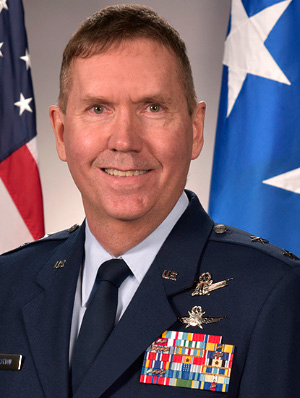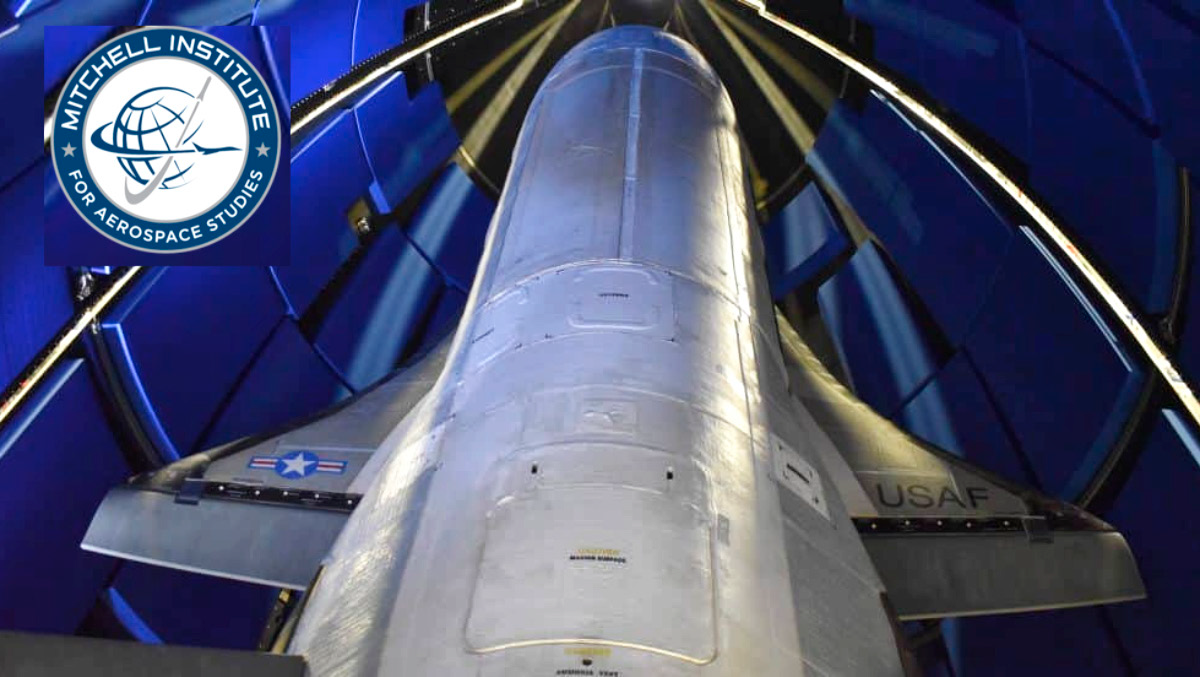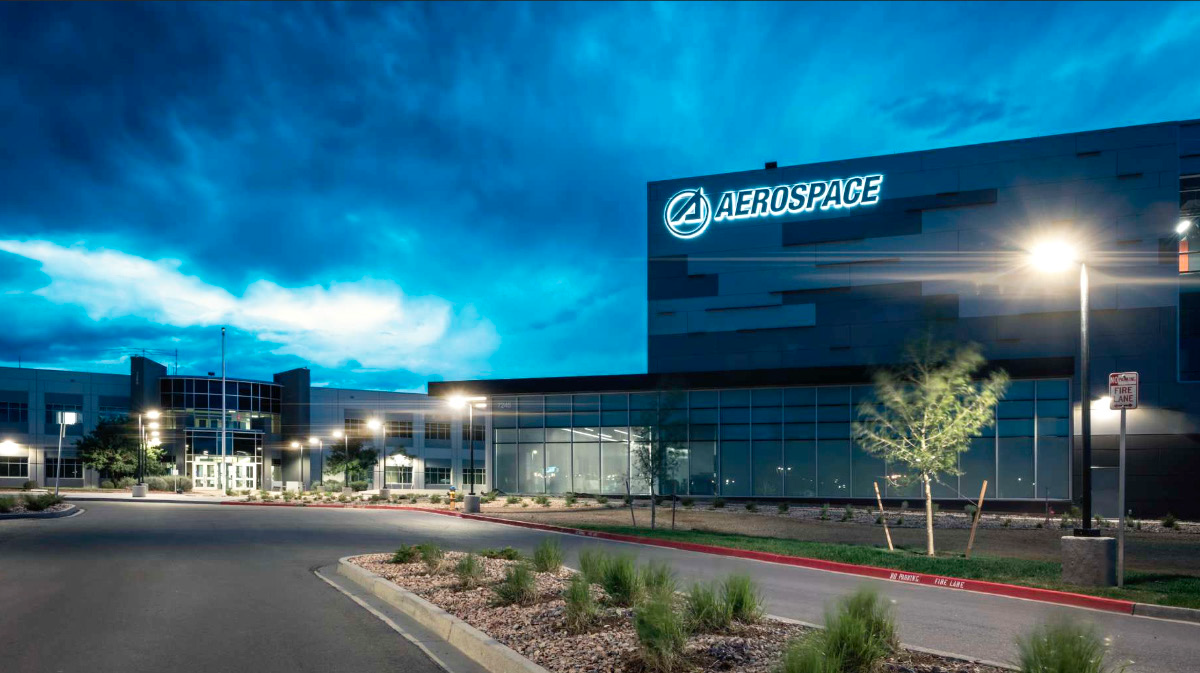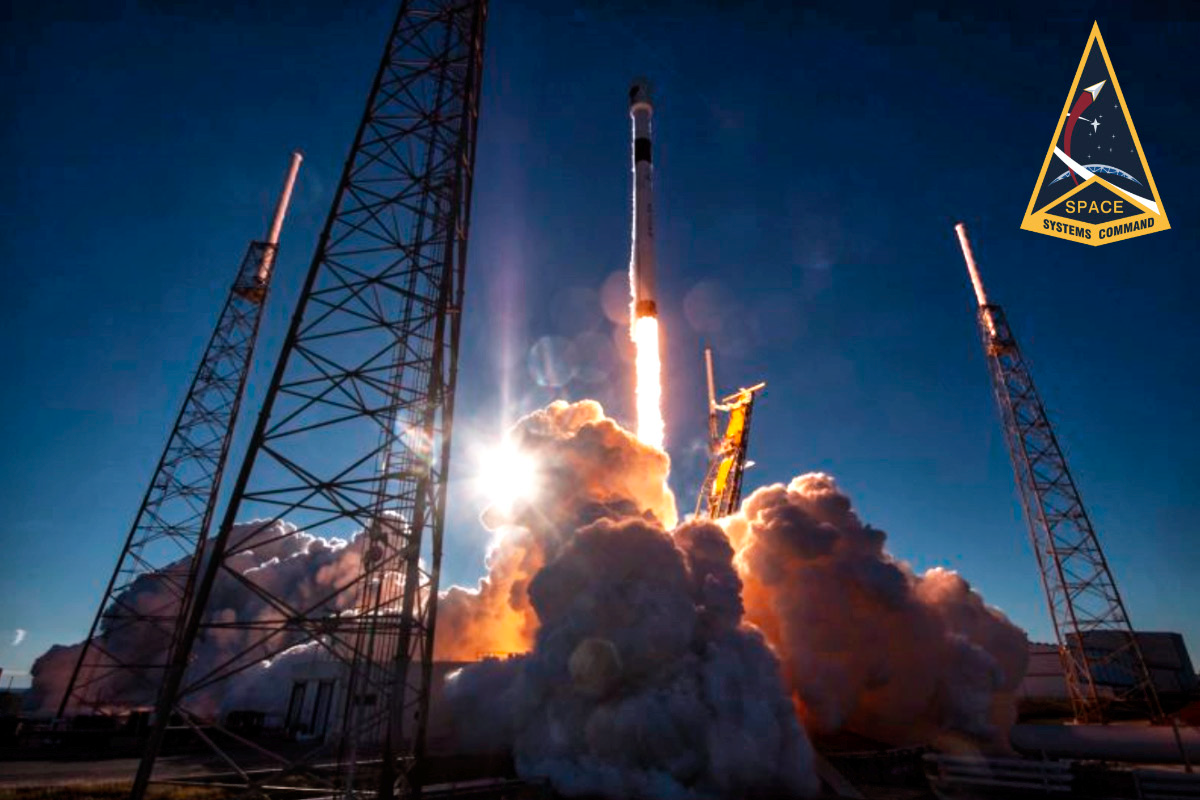Though the U.S. Space Force (USSF) is still in its infancy at only three and a half years old, the threat landscape that the newest military branch must navigate is extremely mature.

With adversaries such as China gearing up and developing its own wartime space architecture, the Space Force must prioritize developing a combat credible force to maintain a competitive advantage in the domain.

Major General
Shawn N. Bratton
During a recent Mitchell Institute Schreiver Spacepower Forum, Maj. Gen. Shawn N. Bratton, Commander of the U.S. Space Force’s Space Training and Readiness Command (STARCOM) sat down with Maj. Gen. Larry Stutzriem (Ret.) to share an update on how the USSF is training its guardians to be combat-ready, and to discuss the role that virtual replicas and digital twins of space assets and capabilities will play in future training.
Gen. Stutzriem opened the forum by explaining to the audience that STARCOM’s primary goal is to prepare every guardian to, “…fight and win, develop superior space capabilities, and deliver warfighting solutions to the warfighting commanders.” As commander of STARCOM, Gen Bratton is charged with overseeing this mission.
As it pertains to recruitment, Gen Bratton shared that the Space Force is facing no issues, as the department is small in size. Instead, Gen Bratton believes that in the coming years, retention will be a key factor that will need to be measured and tracked.
“What do we need to do for members to get them to stay in the service?” Gen Bratton asked. “I get asked this a lot.”
According to Gen. Bratton, the Force is getting a head start on retention by focusing on substantive training and education that will create opportunities for enlisted guardians.

“We’re working hard in training and education,” said Gen Bratton. “There has to be opportunity for the continuing education throughout a career that will help with retention. Opportunity leads to people wanting to stay with an organization.”
That continuing education is, indeed, critical. As Gen. Stutzriem pointed out, “If you took a guardian out of initial qualification training a year ago, the nature of the awareness problem has changed by about a third. That’s an incredible rate of change.”
Gen. Bratton explained that by working closely with the Intelligence Community (IC), guardians are better prepared to keep pace with evolving threats.
By partnering with the IC, Space Force guardians better understand the current threat landscape, the capabilities U.S. adversaries are fielding, as well as how to protect the space architecture so that the Force may deliver capabilities to the joint force uninterrupted.

Aerospace Corporation’s Space Warfighting Center in
Colorado Springs, Colorado.
“All that comes together in STARCOM,” explained Gen. Bratton. Gen. Stutzriem then shifted the conversation to the Space Force’s investment in digital twin technology and how virtual replicas of the Force’s space capabilities will be leveraged in the training of guardians.
Gen Bratton explained that the foundational work of this effort is being done by the Space Warfighting Analysis Center (SWAC) and Space Systems Command (SSC).
“When you’re fielding a new capability, we want to have a digital model of that capability,” said Gen. Bratton. “SWAC is doing the Force design looking 10 years out, and begins that process through development of a digital model for a specific spacecraft or a constellation that may be fielded…SSC is working with contractors, and eventually I’ll get my hands on that model for test purposes.”
He went on to explain that those models will be used in developmental and operational test activities in STARCOM’s integrated test force. The General added that those digital twin models will be used within the simulation environment that STARCOM is building for training activities. However, those replicas will be based on new capabilities.

Gen. Bratton explained that STARCOM is now navigating how to apply that technology to legacy assets.
“We’re thinking a lot about how to bring in existing spacecraft that don’t have a digital model,” said Gen. Bratton. He went on to say that realizing a lot of STARCOM’s goals will rely on the commercial sector.
“We’re getting a lot of help from industry in this area,” said Gen. Bratton. “But there’s a lot of work to do. I think the architecture that we’re building will enable this kind of fully realized vision to bring all those things together.”

David Presgraves
This article first appeared in Government Satellite Report and is republished with permission of GSR and SES Space & Defense.
Author David Presgraves is a Staff Writer for GovSat Report, in addition to several other online publications dedicated to defense, military, and federal government agency technologies.


